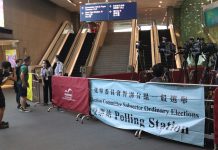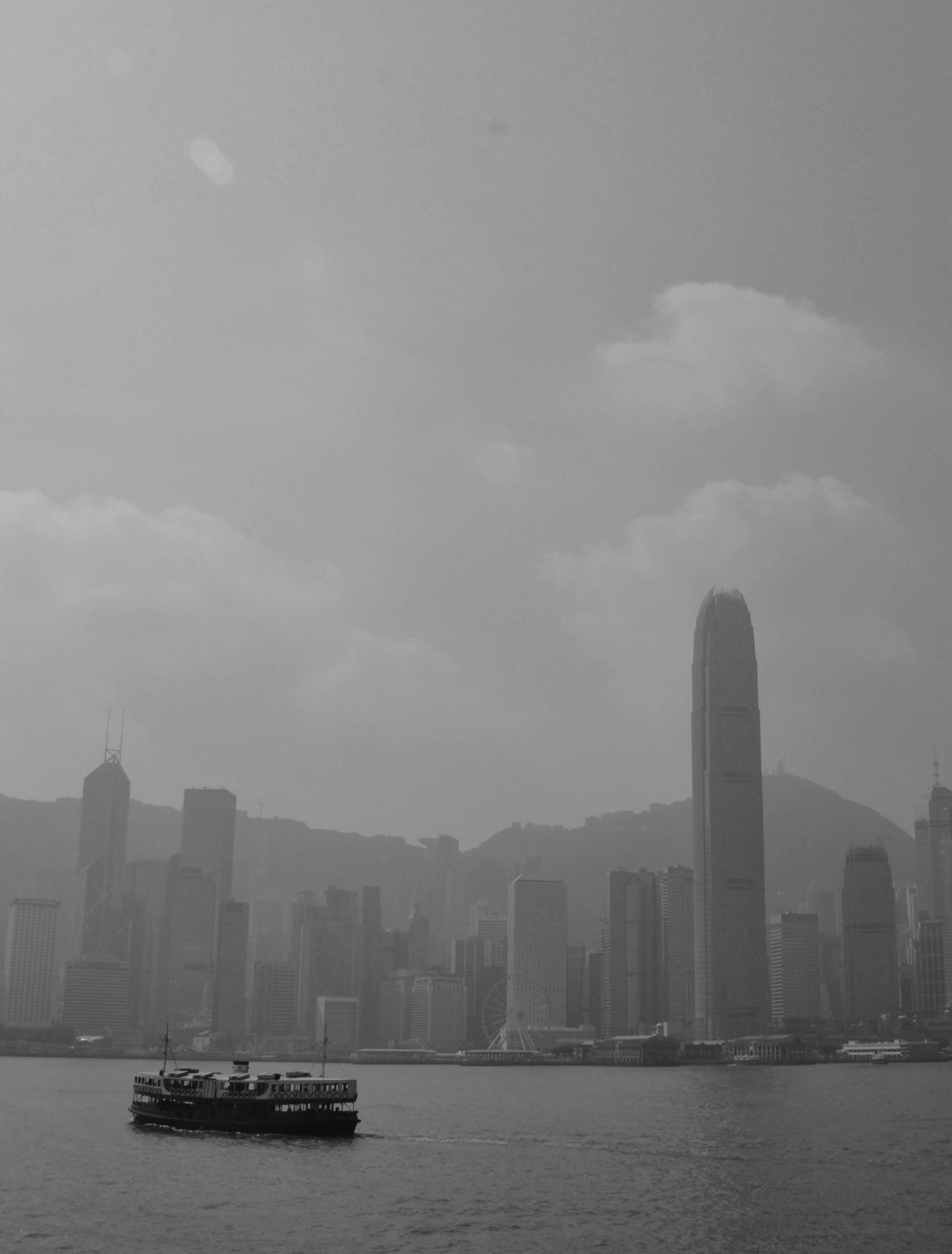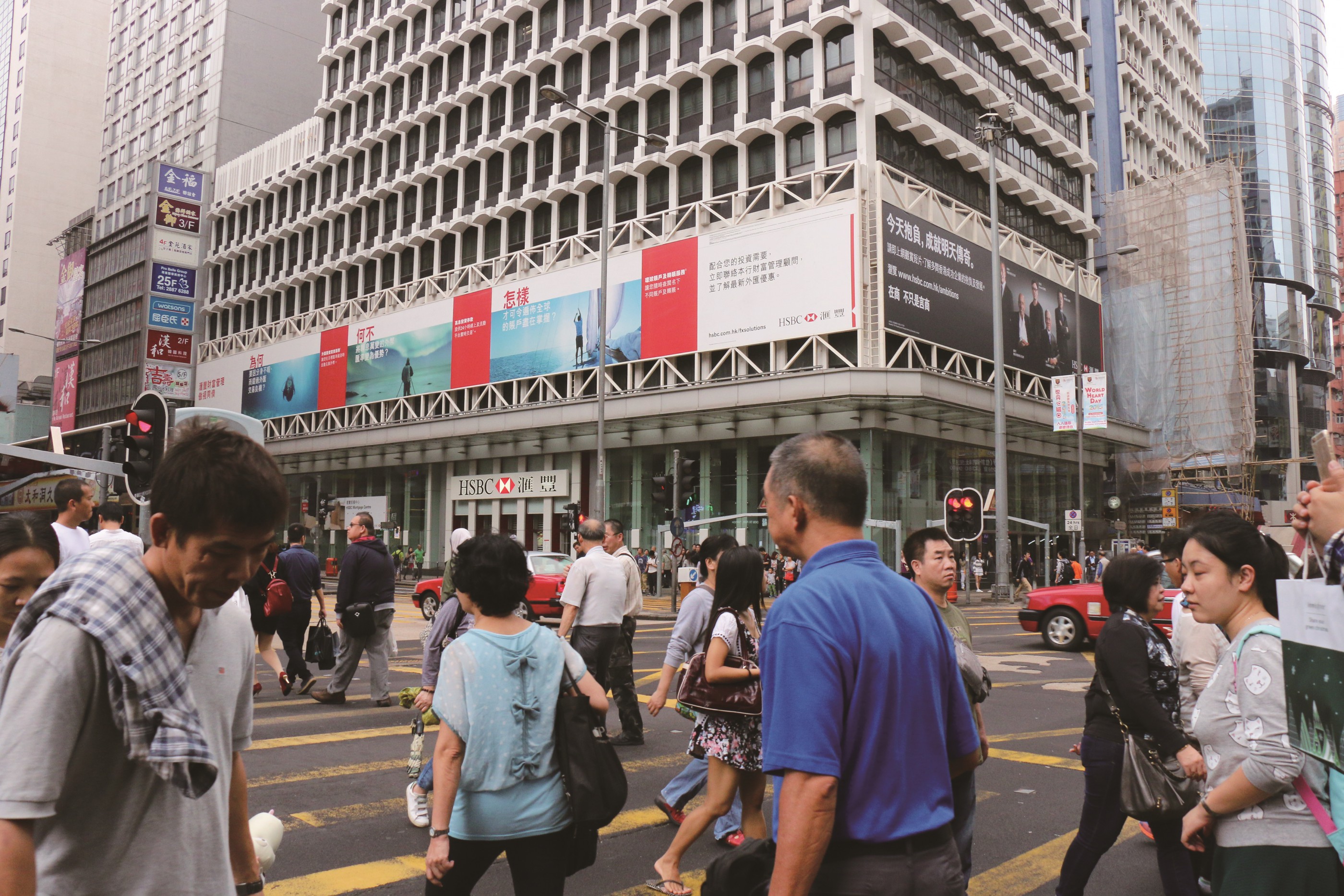It is not only in daily reporting that journalists face constraints. Although the Code on Access to Information was issued in 1995, it is non-statutory and journalists still face limited access to government information. Under the code, members of the public can inquire about government information covered by the code. In 1997, the HKJA conducted a test where it requested documents from government departments. Mak Yin-ting, who was the chairperson of the HKJA at the time, says only around 30 per cent of the requests were answered.
Mak also recalls a case where the government failed to provide a journalist with statistics about the seizure of poisoned milk powder in 2008. It was not until the journalist complained to the Office of the Ombudsman that the government offered partial statistics.
The Office of the Ombudsman criticised the government for its unsatisfactory performance in implementing the Code on Access to Information in 2010 and urged it to legislate for free access to information in 2012. More than 88 countries, including China, have laws protecting the right to access information. In Hong Kong, the Act on Access to Information has been before the Law Reform Commission for three years.
Mak says the current system in Hong Kong does not meet international standards and she does not see that the government has any intention of making changes. “Before Leung Chun-Ying took office, he signed the HKJA’s Freedom of Press Charter but he has done nothing up to now,” Mak says. “The government’s attitude is mysterious and it is reluctant to talk about it.”
It is not just the news media who are complaining about the lack of transparency. The government is also criticised for a perceived deterioration in the level of public participation and consultation on issues that affect the public.
Albert Lai Kwong-tak, policy convener of an independent think tank, The Professional Commons, has been studying government policies for more than 20 years. He says the way the government handles public participation in policy setting has gone downhill. “It is going backwards, from having detailed public participation involving not only the public but also scholars and environmental groups, towards a limited and non-transparent process,” Lai says.
Lai recalls that the Council for Sustainable Development set up guidelines for public participation in 2004, which divided the process into five stages, including forming support groups with experts, completing “Invitation for Response” documents with detailed explanations of policies and discussing the proposals with the public.
Lai cites the Harbour-front Enhancement Committee as a relatively successful case in encouraging public participation from 2004 to 2010. He says the government held many briefings, roving exhibitions and community workshops to enhance public understanding of the project to design the Central and Wan Chai harbourfront. Lai notes owners of boats in Causeway Bay had to relocate for the project but they participated in the policy decision-making process and accepted the decision.

It was a different story for the government’s plan to revitalise the Tsim Sha Tsui waterfront. In August the Leisure and Cultural Services Department announced the government would redevelop the Avenue of Stars landmark with the New World Development Company Limited, without consulting the public or calling for bids.
The government explained the developer would be responsible for the project because its contract to manage the Avenue of Stars had not yet expired. However, the revitalisation work covers not only the Avenue of Stars, but also the whole East Tsim Sha Tsui waterfront area stretching from Art Square at Salisbury Garden to the Hung Hom MTR Station.
The administration gave in and launched a public consultation after fierce public criticism and opposition. But the critics were dismayed to learn the consultation would take the form of invitation-only focus group meetings held behind closed doors. Most importantly, the government held the consultation with the developer to discuss design details rather than the background and management of the project.









































